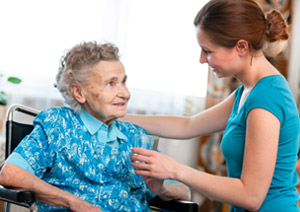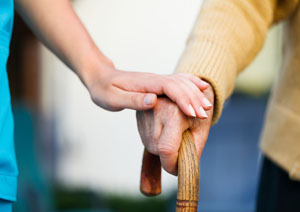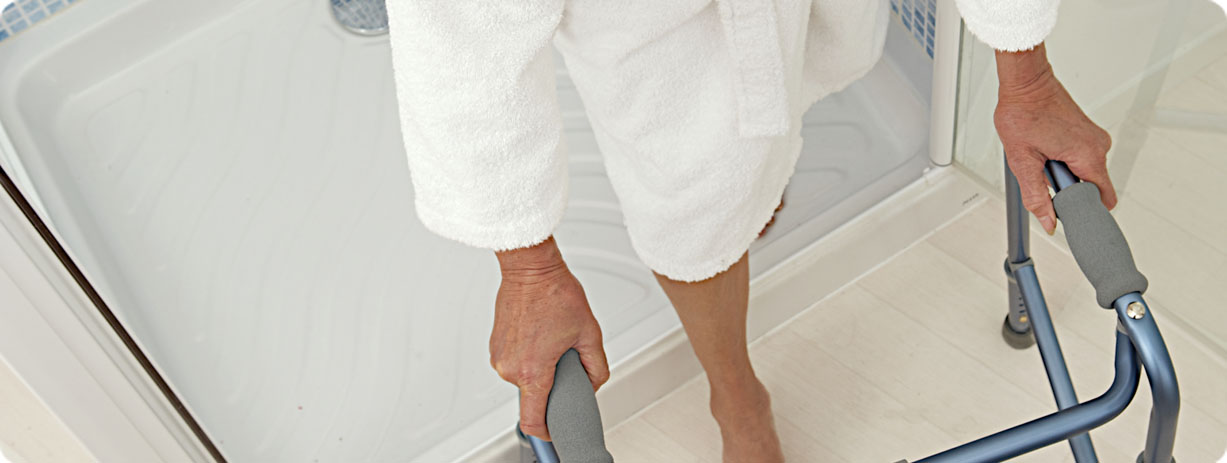Our Occupational Therapy Assistants (OTA) work alongside the client’s health care team to provide one on one treatment that is specifically designed for the individual. OTA program goals as described by the client and the rehab team with a client centered approach.
OTA Cognitive Compensatory Strategy Program
The OTA will take the time to understand strategies that best suit the client’s personality. Tools are suggested (using adult learning principles tailored to client’s strengths) and demonstrated to ensure effectiveness. OTA can help the client to predict barriers and develop strategies in advance. These programs vary from creating strategies for remembering appointments to new learning such as how to take public transportation. The program goals are directed by the client to include meaningful activity that promotes a positive outlook for the future.
OTA Community Integration
Often client’s present with a lack of motivation due to mood dysregulation or as a symptom of acquired brain injury. Many are fearful of re-injury or their inability to manage their limitations if they go on a community outing. Early OTA intervention can drastically reduce many psycho-emotional symptoms. Outings encourage re-integration into pre-MVA hobbies/interests, provide opportunity to problem solve areas of difficulty such as taking public transportation and to increase the client’s independence with ADL. Job coaching is also available for those with return to work goals.
OTA Gym/Pool Exercise Program
OTA specialized fitness trainers can develop a specific fitness program to meet client specific rehab needs. The program can be centered in a home gym or community gym/pool. Community based fitness programs can also be used in a community integration program as it introduces and promotes a healthy lifestyle post injury. Goals can include increased strength and activity tolerance; improved range of motion and endurance; pain management and mood regulation. Water is the perfect environment for clients experiencing high levels of pain due the body’s natural buoyancy in water which minimizes the harsh jolts the body experiences during regular exercise.
Please call us directly at either of our two locations Hamilton: 905-481-1122 or Toronto/Woodbridge: 416-907-6287 so we can communicate with you about your goals.








 Fall Prevention – Ageing in place – Staying put – Accessible at Home – Inclusive Space, all are phrases that are being used to address the issue, no – crisis, that is facing us here in Canada.
Fall Prevention – Ageing in place – Staying put – Accessible at Home – Inclusive Space, all are phrases that are being used to address the issue, no – crisis, that is facing us here in Canada.